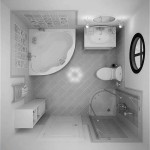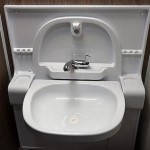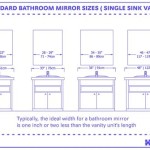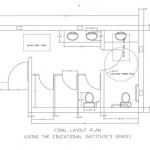Essential Aspects of Bathroom Sink Taps B Q
Bathroom sink taps are an important part of any bathroom, providing a way to access water for washing hands, brushing teeth, and other tasks. When choosing a new bathroom sink tap, there are a few essential aspects to consider, including the type of tap, the finish, the flow rate, and the installation process. This article will provide an overview of these essential aspects to help you make an informed decision when choosing a new bathroom sink tap.
Types of Bathroom Sink Taps
There are several different types of bathroom sink taps available, each with its own unique advantages and disadvantages. The most common type of bathroom sink tap is the single-handle tap, which features a single lever that controls both the water temperature and the flow rate. Other types of bathroom sink taps include two-handle taps, which have separate levers for controlling the hot and cold water, and touchless taps, which can be activated by simply touching the tap with your hand.
Finish
The finish of a bathroom sink tap can have a significant impact on the overall look and feel of your bathroom. The most popular finishes for bathroom sink taps include chrome, brushed nickel, and oil-rubbed bronze. Chrome is a classic finish that is easy to clean and maintain, while brushed nickel has a more modern look and feel. Oil-rubbed bronze is a popular choice for traditional bathrooms.
Flow Rate
The flow rate of a bathroom sink tap is measured in gallons per minute (GPM). The flow rate of a bathroom sink tap will determine how quickly water flows out of the tap. A higher flow rate will result in faster water flow, while a lower flow rate will result in slower water flow. The ideal flow rate for a bathroom sink tap is between 1.5 and 2.5 GPM.
Installation
The installation process for a bathroom sink tap will vary depending on the type of tap you choose. Single-handle taps are typically easier to install than two-handle taps, and touchless taps require special wiring. If you are not comfortable installing a bathroom sink tap yourself, it is best to hire a professional plumber to do the job.
Conclusion
When choosing a new bathroom sink tap, there are a few essential aspects to consider, including the type of tap, the finish, the flow rate, and the installation process. By considering these aspects, you can make an informed decision that will help you choose the right bathroom sink tap for your needs.

Arborg Basin Mixer Tap Diy At B Q

Goodhome Piana 1 Lever Contemporary Basin Mono Mixer Tap Diy At B Q

Goodhome Netley Traditional Basin Pillar Tap Diy At B Q

Goodhome Eidar Basin Mono Mixer Tap Diy At B Q

Goodhome Hopa Basin Mono Mixer Tap Diy At B Q

Goodhome Olmeto 1 Lever Waterfall Basin Mono Mixer Tap Diy At B Q

Goodhome Etel 2 Lever Traditional Basin Mono Mixer Tap Diy At B Q

Empire Square Mini Mono Basin Mixer Tap Push On Waste Chrome Balterley Diy At B Q

Waterfall Basin Sink Cloakroom Bathroom Mixer Tap Chrome Diy At B Q

Goodhome Brean Bath Pillar Tap Pack Of 2 Diy At B Q







